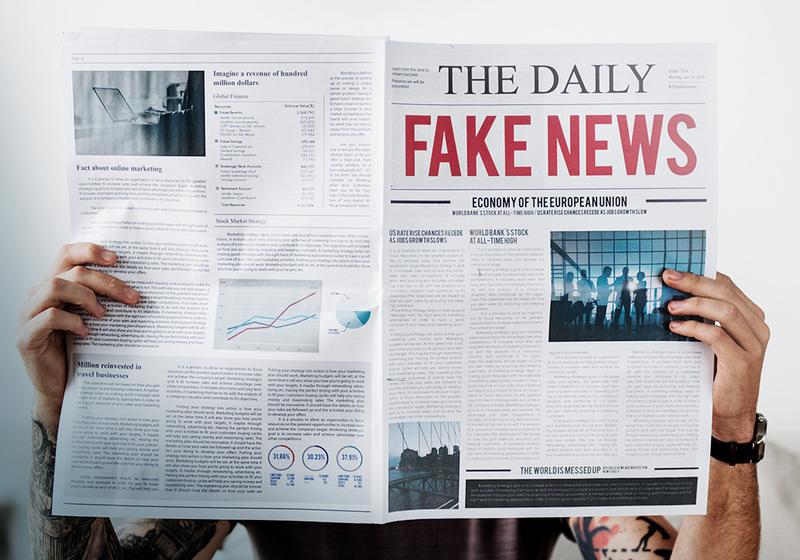
Business relationships and purchasing decisions depend to a large extent on trust in a company and on its values being in line with those of its customers. When trust vanishes, companies are left isolated and customers turn to competitors to fulfill their needs. Consequently, there is a decline in requests and sales.
Unfortunately, the fading of consumer trust can occur without companies even realizing it. This can happen, for instance, when customers encounter a negative, false news story about a brand and believe it. While establishing trust with consumers is a laborious, ongoing process, losing it can take a single moment — often due to a failure to observe the information landscape.
Unsurprisingly, most research agrees that correcting misinformation is a difficult task. Changing people’s perceptions about a brand depends on multiple factors, including pre-existing beliefs and the way in which accurate information is presented. Unfortunately, some of these factors lie beyond a company’s influence.
For companies, a more reasonable strategy is to minimize the exposure of false news to consumers and potential customers. To combat misinformation, the first step is prompt identification when false information emerges.
In the era of artificial intelligence (AI), technology is becoming the greatest ally for companies seeking to constantly assess media mentions about them. Automated media monitoring tools, such as eMM Dart, exemplify this approach, enabling businesses to stay informed about any new content about their company or product in real-time.
To protect themselves against misinformation, companies must actively engage in fact-checking content. This can be achieved by reviewing monitoring results to identify inaccuracies on the data or false statements related to their business. Nowadays, many companies prefer relying on tools equipped with advanced AI models to aid them in this task.
eMedia Monitor, for example, provides its customers with an AI-based feature that performs summarization and sentiment analysis tasks of broadcast media content almost in real-time and with high precision. Solutions like these empower companies to detect negative information and inconsistencies in stories more rapidly, providing valuable time to respond before dissemination.
Once false information is identified, the focus shifts to stopping its spread and preventing damage to consumer trust — an aspect challenging to repair. Companies can reach out to the media or content authors, promptly informing them of inaccuracies and requesting urgent corrections while providing them accurate information.
Effective practices also include having a company spokesperson participate in discussions or interviews to disseminate the correct message in the same media where false information appeared. Alternatively, companies can issue an official press release to all relevant international and national media outlets.
However, protecting against misinformation in business demands continuous content observation, analysis, and prompt action. And this challenge is best addressed by combining human intellect with advanced technological capabilities.
If you would like to find out more about this topic, reach out to us any time and we will schedule an appointment with one of our eMM experts.
You might also be interested in:
Building an Effective B2B Content Marketing Strategy
Measurement and Evaluation: Empowering Communications and PR with Valuable Data